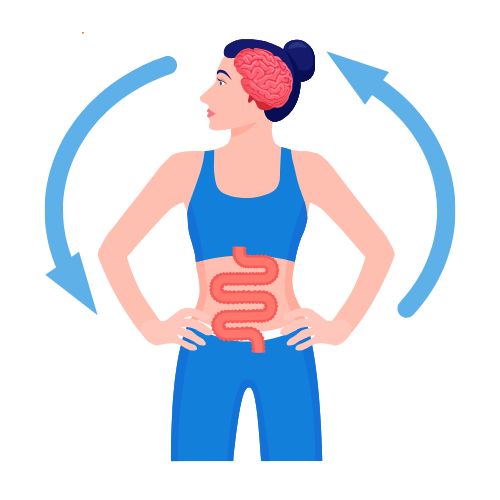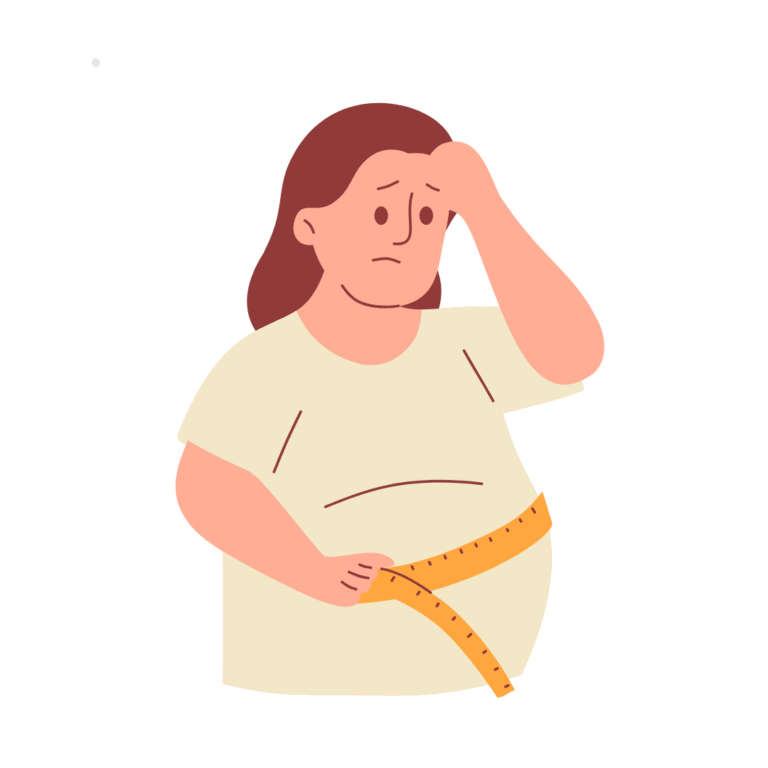5 Early Signs of Vitamin D Deficiency You Shouldn’t Ignore
Introduction
Vitamin D plays a crucial role in calcium absorption, immune function, and mood regulation. Yet, up to 40% of adults worldwide have Vitamin D Deficiency¹. Catching deficiency early can help prevent bone disorders, fatigue, and chronic illness. Below are the five most common early warning signs—and what to do about them.

What Is Vitamin D and Why It Matters
Vitamin D is a fat-soluble vitamin produced in your skin after sun exposure or obtained from foods like fatty fish, fortified dairy, and supplements. It helps:
- Regulate calcium & phosphorus for strong bones
- Modulate immune response, reducing infection risk
- Support mood balance by influencing neurotransmitters
1. Unexplained Fatigue & Weakness
Persistent tiredness—despite adequate sleep—can signal low vitamin D. Studies show deficiency is linked to muscle weakness and general lethargy².
- Tip: If you feel drained by midday, get your 25(OH)D blood level tested.
2. Bone, Joint or Muscle Pain
Vitamin D deficiency can cause aches in the lower back, hips, and legs due to impaired calcium metabolism³. You might notice:
- Dull, persistent pain in weight-bearing joints
- Muscle cramps or spasms at rest
3. Mood Changes: Depression & Low Mood
Low vitamin D levels have been correlated with seasonal affective disorder and depression⁴. If you experience unexplained sadness, irritability, or “brain fog,” consider checking your levels.
4. Hair Loss & Poor Wound Healing
Vitamin D supports skin cell growth and hair follicle cycling. Deficiency may present as:
- Thinning hair or increased shedding
- Slow healing of cuts, scrapes, and acne lesions⁵
5. Frequent Infections or Illness
Because vitamin D enhances innate immunity, low levels can lead to more colds, flus, or respiratory infections⁶. If you’re catching every bug at work or school, consider supplementation.
How to Test & Treat Vitamin D Deficiency
- Get a Blood Test: 25-hydroxyvitamin D (25(OH)D) is the gold standard; optimal range is 30–60 ng/mL.
- Sunlight Exposure: Aim for 10–30 minutes of midday sun, 2–3 times per week (more if you have darker skin).
- Dietary Sources: Include salmon, mackerel, egg yolks, fortified milk, and mushrooms.
- Supplements: Typical doses are 1,000–2,000 IU/day for maintenance; up to 5,000 IU/day under doctor supervision if levels are very low.
Frequently Asked Questions
Is vitamin D safe in high doses?
Yes, but avoid exceeding 10,000 IU/day long-term without medical advice to prevent toxicity.
How long until I see improvements?
Energy and mood often improve in 2–4 weeks; bone and muscle symptoms may take 2–3 months.
Conclusion
Early detection of vitamin D deficiency can spare you from chronic fatigue, bone pain, mood swings, and frequent illness. If you recognize any of these signs—or fall into a high-risk group—ask your healthcare provider for a 25(OH)D blood test and consider lifestyle changes or supplementation.
References:
- Hilger et al. Nutrients, 2014
- Cangussu et al. Nutrition, 2012
- Rizzoli et al. Osteoporosis International, 2014
- Anglin et al. British Journal of Psychiatry, 2013
- Bhat et al. Journal of Cosmetic Dermatology, 2017
- Martineau et al. BMJ, 2017







